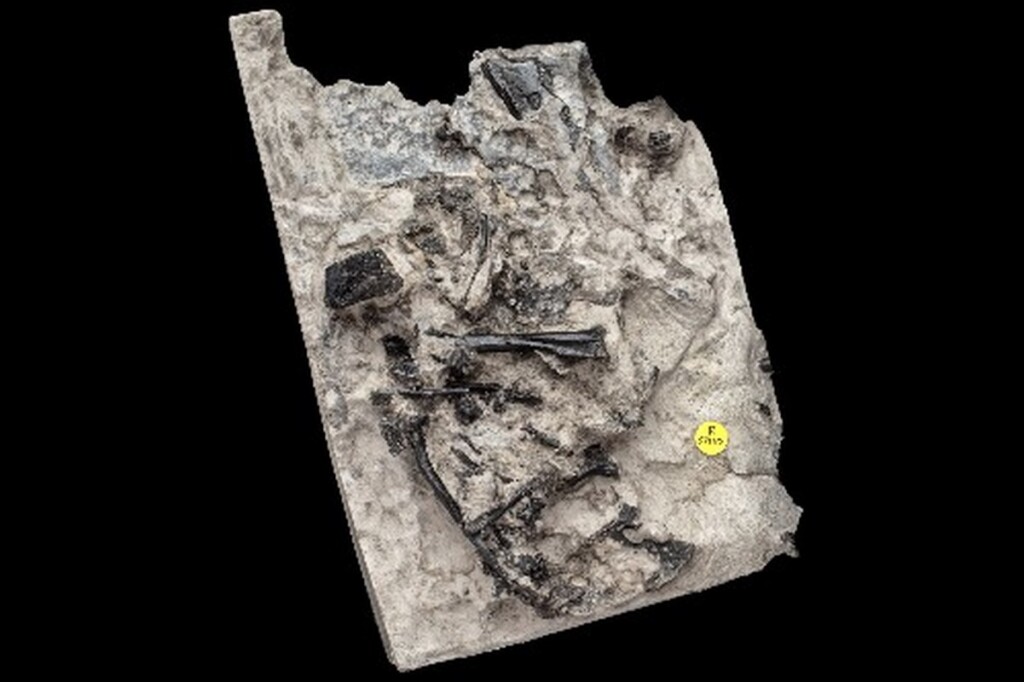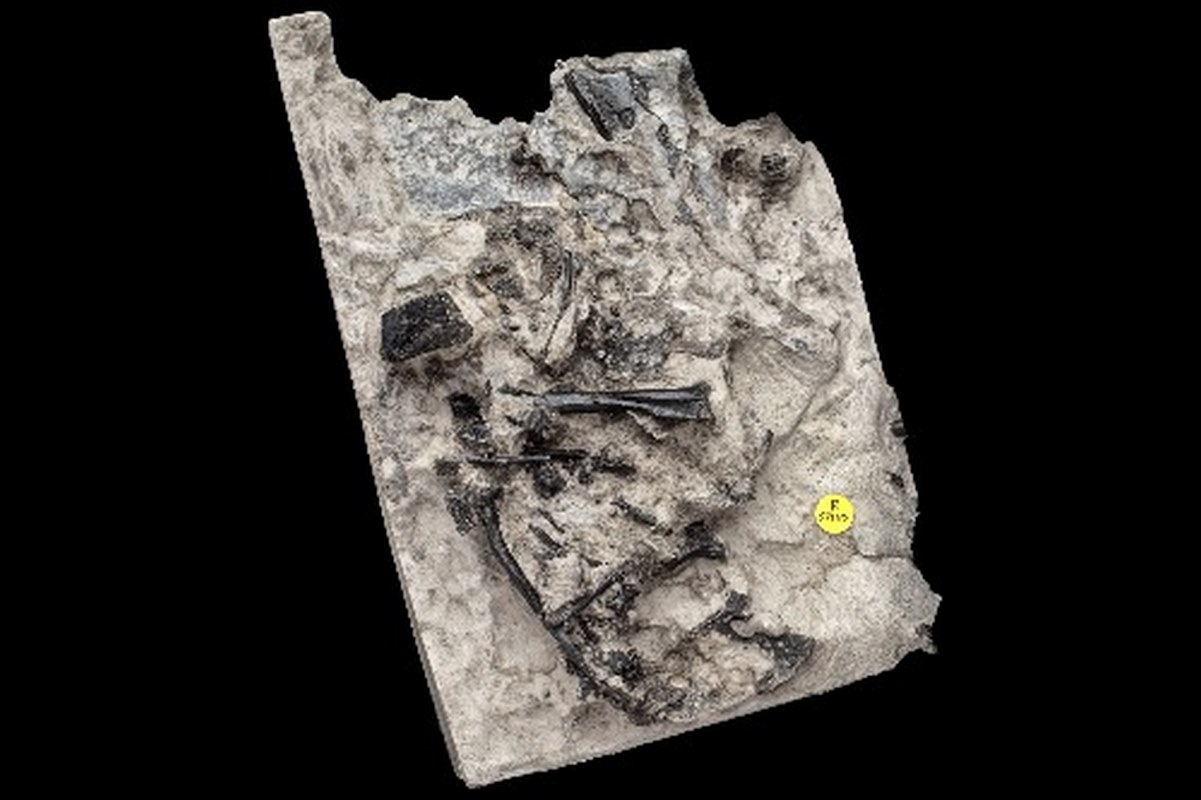
The Isle of Skye isn’t known colloquially for paleontology, but during the Jurassic Era, it was a hotspot for pterosaurs, and a newly-described species of this flying reptile is surprising scientists.
Belonging to the clade Darwinoptera, it joins two other species both of which were found in China, and is the second different species to be found on the famous island.
The rarity of Middle Jurassic pterosaur fossils and their incompleteness have previously hampered attempts to understand early pterosaur evolution.
The animal now bears the genus name Ceoptera evansae: Ceoptera from the Scottish Gaelic word Cheò, meaning mist (a reference to the common Gaelic name for the Isle of Skye: Eilean a’ Cheò, or Isle of Mist), and the Latin word ptera, meaning wing. The species name is in honor of Professor Susan E. Evans, for her years of anatomical and palaeontological research, in particular on the Isle of Skye.
This discovery shows that all principal Jurassic pterosaur clades evolved well before the end of the Early Jurassic, earlier than previously realized. Contrastingly, the discovery also shows that pterosaurs persisted into the latest years of the Jurassic, alongside avialans, the dinosaurs which eventually evolved into modern birds.
ALSO CHECK OUT: Near-Complete Pterosaur Skeleton Obtained in Police Raid Reveals Stunning Details About the Species
“The time period that Ceoptera is from is one of the most important periods of pterosaur evolution, and is also one in which we have some of the fewest specimens, indicating its significance,” said lead author Dr. Liz Martin-Silverstone, a paleobiologist at the University of Bristol.
MORE FLYING REPTILES: Fascinating Species of 200 Million-Year-old Flying Reptile Discovered in Britain
“Ceoptera helps to narrow down the timing of several major events in the evolution of flying reptiles,” added Professor Paul Barrett, author on the paper who works at the Natural History Museum.
“Its appearance in the Middle Jurassic of the UK was a complete surprise, as most of its close relatives are from China. It shows that the advanced group of flying reptiles to which it belongs appeared earlier than we thought and quickly gained an almost worldwide distribution.”
SHARE This Prehistoric Re-Write On These Fantastical Flying Beasts…




















